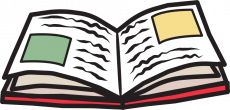Inspire Your KS2 Pupils with our Narrative Writing Checklist
Whether we read them ourselves or have them read to us, enjoying a story is one of life’s simple pleasures. However, when it comes to writing one, it can seem very complicated indeed.
A good story is full of excitement, interest, twists and turns – and nobody knows this better than a child, who no doubt consumes stories (in both paper and digital form) on an almost daily basis.
From colourful storybooks to fast-paced films, children become connoisseurs of a good plot from an early age – but putting pencil to paper themselves can seem far more arduous. After all – where do you start?
Is your main character rebellious like Tracy Beaker, or a bookworm like Matilda? Does your story take place in a fantasy world like Hogwarts, or an everyday location like your classroom?
With so many questions for children to ask themselves, it can be tough to commit to writing a story (and perhaps easier to just distract their friends instead). Thankfully, a narrative writing checklist can help – and we’ve created a simple-yet-effective one to help get the creative brains in your KS2 class ticking.
A good story is all about SWAPS.
Nope, not swapping Lego Minifigures in the playground (although that’s also fun) – but a handy acronym to remember just what needs to go into each story in order to make it engaging for the reader.
Let’s get started….
 ‘S’ is for ‘Sandwich your story with a beginning, middle and end’.
‘S’ is for ‘Sandwich your story with a beginning, middle and end’.
If you didn’t put two slices of bread on your cheese sandwich, the filling would fall apart – and a story is much the same.
Any tale will need a beginning, middle and end in order to be held together, or it’ll be very difficult to enjoy (and quite messy).
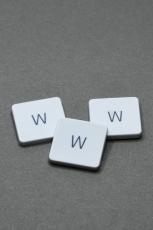 ‘W’ is for ‘Who, What, Where and When’.
‘W’ is for ‘Who, What, Where and When’.
Before they create a truly amazing story, a child must establish who and what it’s about, as well as where it takes place, and when.
If you can brainstorm this before the story writing truly kicks off, the whole process will be far easier.
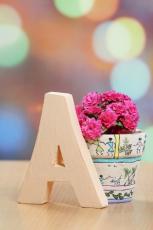 ‘A’ is for ‘Animate your characters with details and descriptions’.
‘A’ is for ‘Animate your characters with details and descriptions’.
Animating your characters will stop them being flat – so make sure the children in your class know the importance of details and descriptions, in order to bring those characters to life.
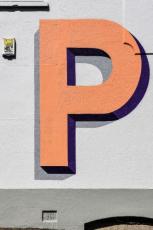 ‘P’ is for ‘Problems which need to be created and solved’.
‘P’ is for ‘Problems which need to be created and solved’.
A story isn’t a story unless ‘something’ happens! Your budding young authors need to remember that at least one problem should emerge in the story’s plot, to make sure that readers stay engaged.
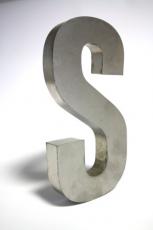 ‘S’ is for ‘Satisfy the reader with your story’s conclusion’.
‘S’ is for ‘Satisfy the reader with your story’s conclusion’.
Does the story tie up all its loose ends? Don’t leave the reader hanging – young writers should remember to finish any plot lines that they start, so the tale can come together in a tidy, complete package.
Now you’ve taught your KS2 class to use the SWAPS narrative writing checklist, it’s time to give them a chance to practice.
Mighty Writer is a unique, award-winning resource which allows children to learn to write in an all-new way. Centred around a large mat and bright, engaging picture tiles, Mighty Writer encourages children to create stories that are both engaging to read and underpinned by good grammar.
Not only is it a fantastic, visual way for KS2 children to practice working through a narrative checklist, but it will also inspire story writing confidence from children in EYFS classes and beyond.
